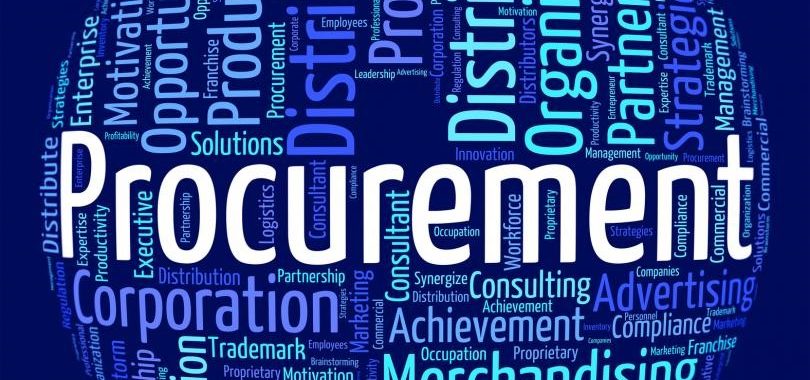In major projects, procurement can represent a high percentage of the total project spend, so if your Contracts and Procurement (C&P) team isn’t at the top of its game then the chances of delivering planned savings to the bottom line and to budget are almost non-existent.
As C&P represents so much of a project’s costs the function needs to be fully integrated into the project process. Procurement cannot be regarded as simply purchasing – the C&P team needs to be deeply involved in setting the target spend, agreeing and defining planned savings, and tracking and delivering them – they need to be bound into the project. The following are 7 reasons as to why your C&P savings may not be dropping through to the bottom line and how by integrating procurement firmly into the project process you can significantly improve the chance of delivering them:
Maverick spend control
Do you know what your businesses maverick spend is? If you don’t…then you need too!
Unapproved spend and cost control should always be at the top of the agenda. While individually maverick spend may be of low value, in aggregate it can be extremely costly. KPIs are critical to a business, especially within the C&P function. Maverick spend should be measured as a KPI and reported to the Executive. This enables an organisation to understand if internal controls are suitable and that those provided with appropriate delegation can be relied upon.
Be clear on roles and responsibilities
Yes, collaboration is key in project teams but clear parameters on who is responsible for what are paramount. Key activities should be distributed according to individual/team strengths. Determining and being clear on roles and responsibilities from the outset saves time and allows people to get on with their job.
People, processes, technology
And the importance of each is in this order. Ensure your people have the correct skills and training, if they don’t then the latest technology won’t help. And if your processes are dysfunctional and not fit for purpose, having the latest technology won’t help you either. Basically, make sure the foundations are right – technology can help you carry out processes quicker and cheaper but it can’t add the value it should if the fundamental way you do things isn’t right.
Risk mitigation
Supply chain disruptions can happen at any time and unforeseen events, e.g. product or service shortages, exchange rate changes and weather problems, which are outside your control, can potentially have an adverse impact on your purchasing and supply chain. Supply chain disruptions can happen at any time, so building in contingency based on the risk and the complexity, is paramount. Effective assessment of risk and uncertainty and having practical solutions in place will help manage any unforeseen events. This clearly impacts your operations. Your supply chain must be reliable, and risks have to be factored into the equation and dealt with accordingly. Have a plan B, and C…
Business continuity and global market trends
The inter-connectivity and inter-dependence in a supply chain can mean challenges to successful project delivery. Having business continuity management and awareness of global market trends can help supply chain stability in the event of a problem – backup solutions and quick fixes are sometimes necessary but you should also think about how business continuity management can add to profit and growth; continuous service equals happy returning customers! Reckless spending on business continuity can be very damaging to your business – pay special attention to making it part of your company’s procurement strategy and ensuring purchasing decisions are “risk-aware”. Make sure business continuity isn’t seen as a bolt-on or optional extra.
Position procurements value
Procurement provides organisations with the means to adapt to and thrive in today’s highly uncertain and dynamic market. It’s a key business, strategic, value adding function, not just a cost-cutting/transactional function and needs to be valued within an organisation accordingly.
Up-skill your team and be ready for changing business needs
Investing in procurement technology and training will help your organisation deal with increasing complex supply chains, and focussing on talent management will position your procurement function for the future.
Contact Jody for more information on how Rowe Advisory can assist with improving your businesses C&P function
